DIAMOND IV
Share
Safety Helmet
- This non ventilated HDPE safety helmet adapts so you can forget you're wearing it with its inner foam padding for greater comfort
- Designed and developed including features such as a high density liner and a comfortable LDPE harness system which create unparalleled wearer comfort and acceptability
- Safety helmet with UV resistant high density polyethylene (HDPE) shell
- LDPE lining with 3 bands with 8 attachment points,
- sweat band. Rachet adjustment are available
- Head measurement 53 to 63 cm
Impact
Projectiles
Bump
EN 397:2012
ISI 2925
Delivery & Services

Easy Return
with our 15 days return poicy
Regular price
Rs. 0
Sale price
Rs. 0
Regular price
Tax included.
Shipping calculated at checkout.
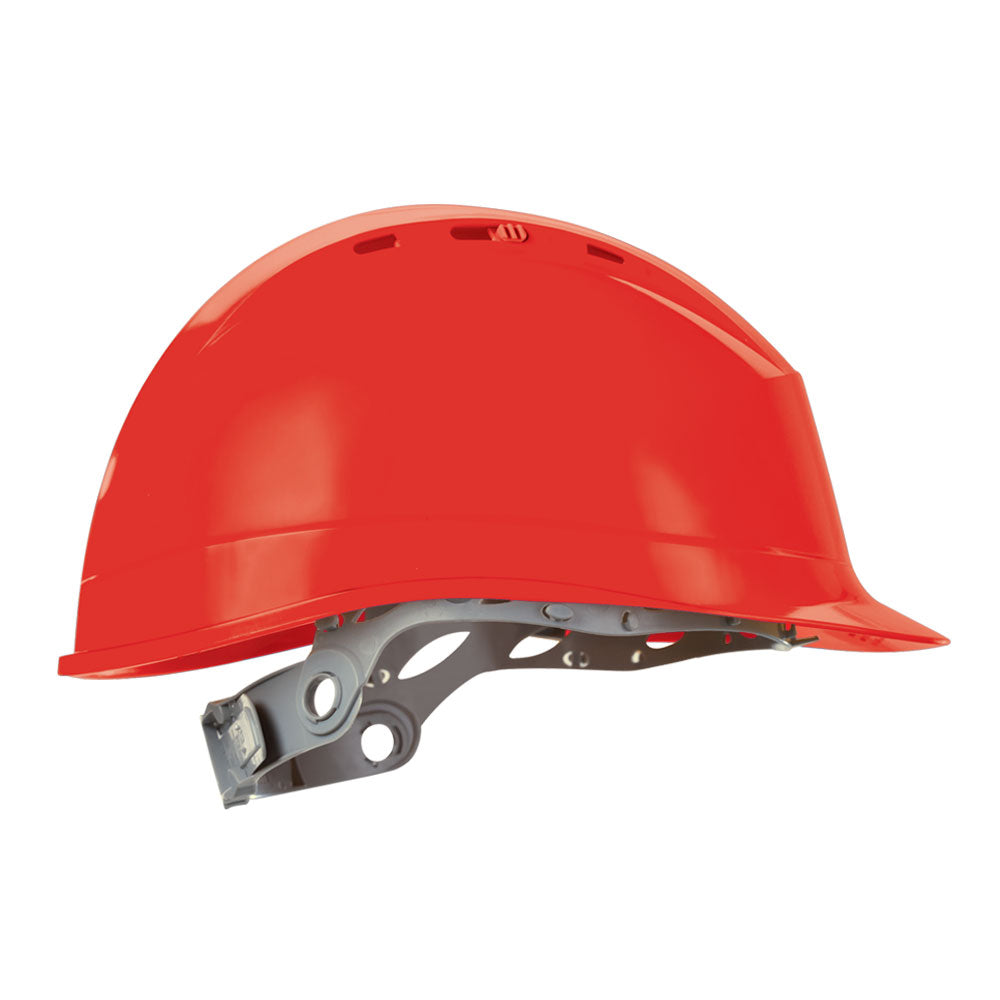
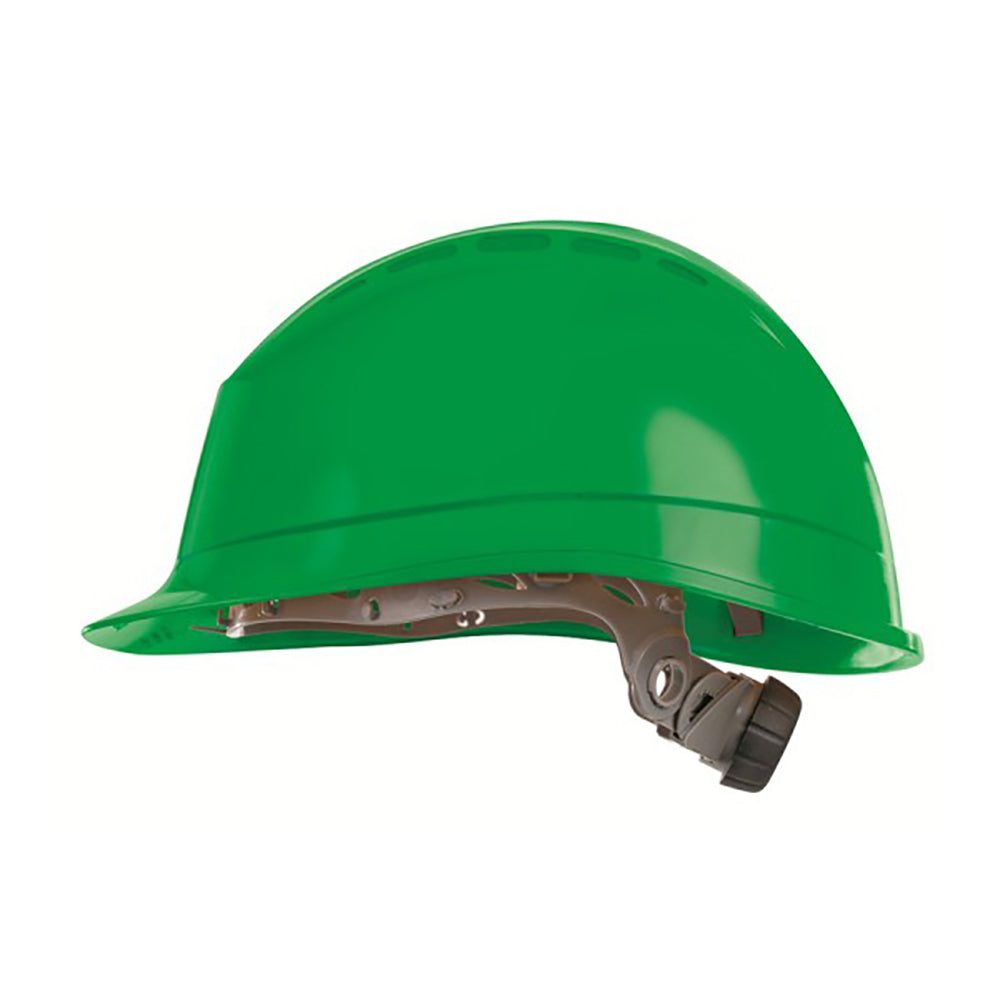
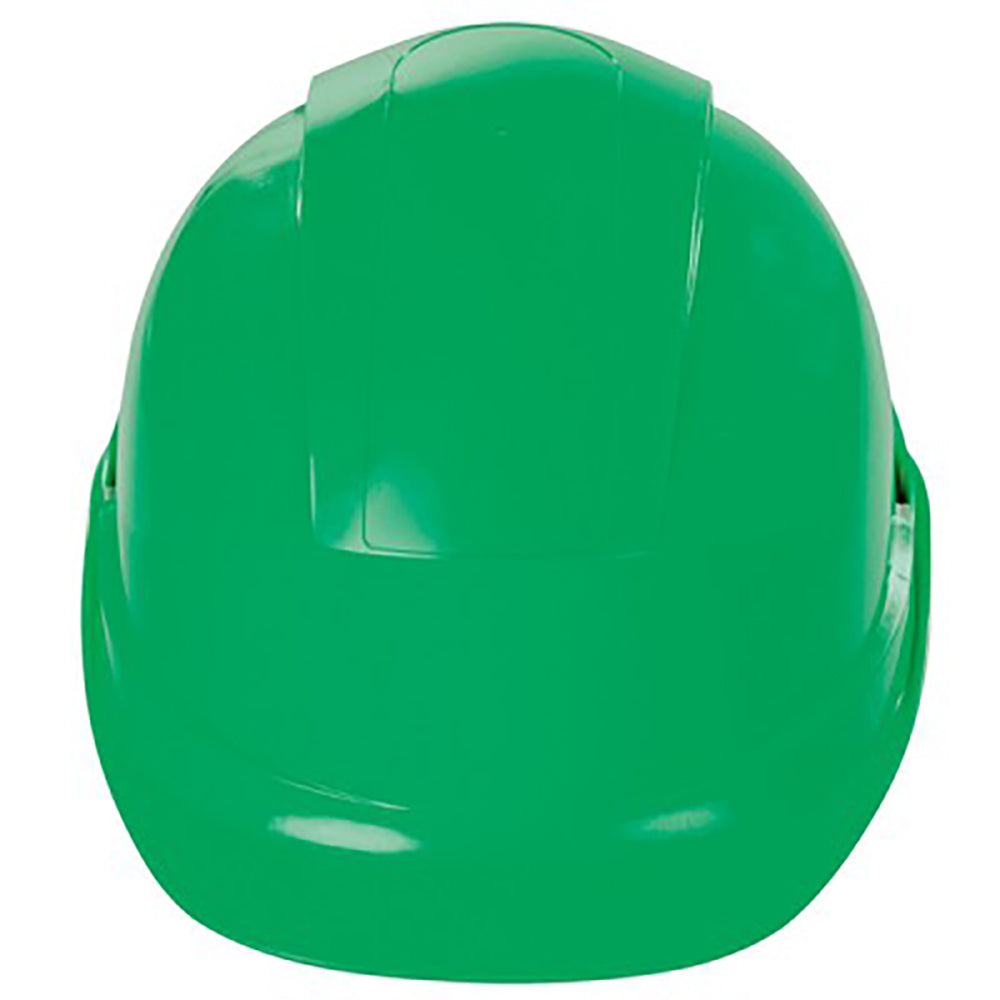
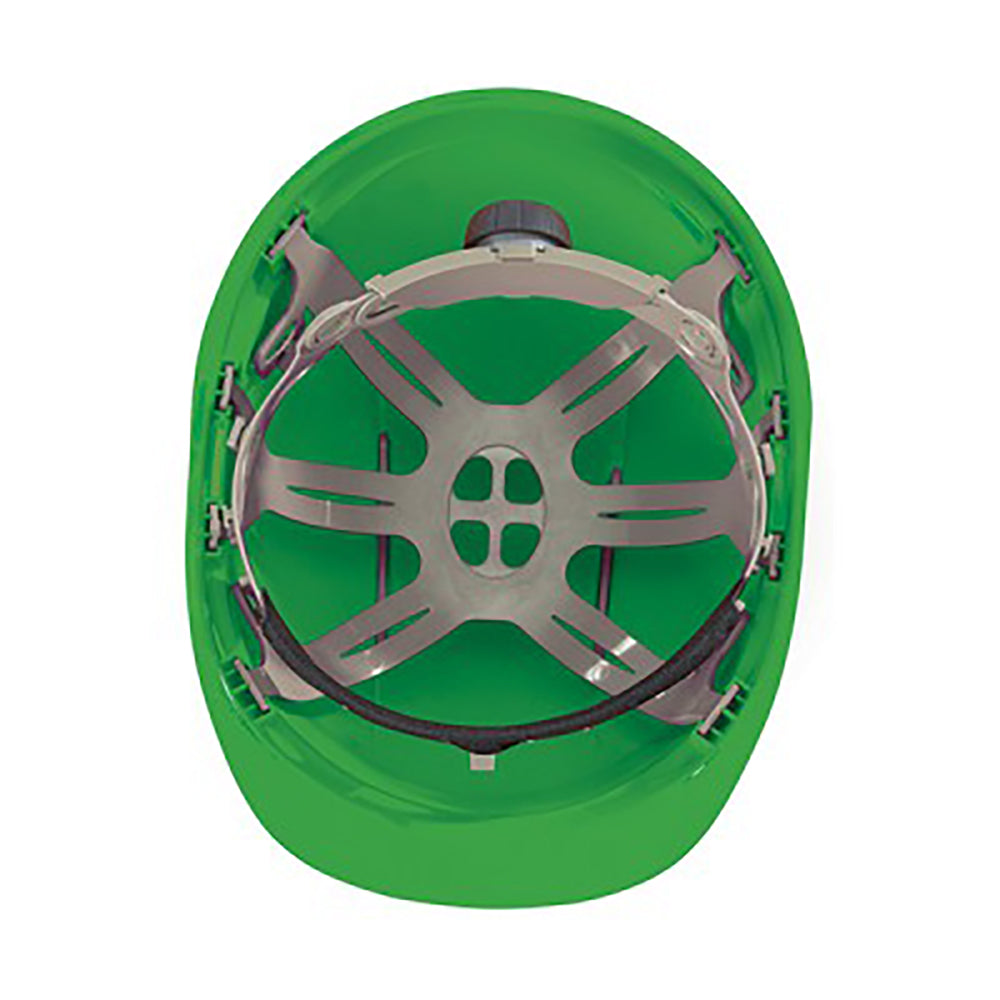
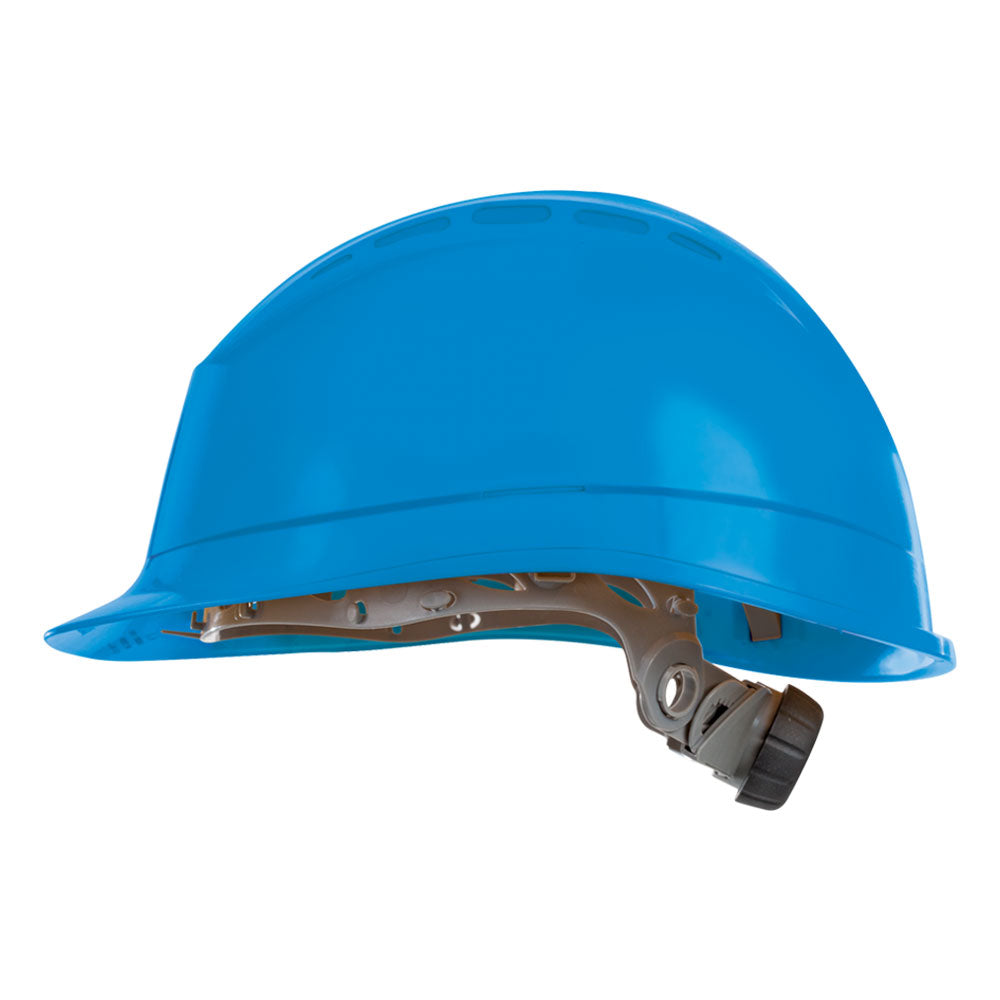
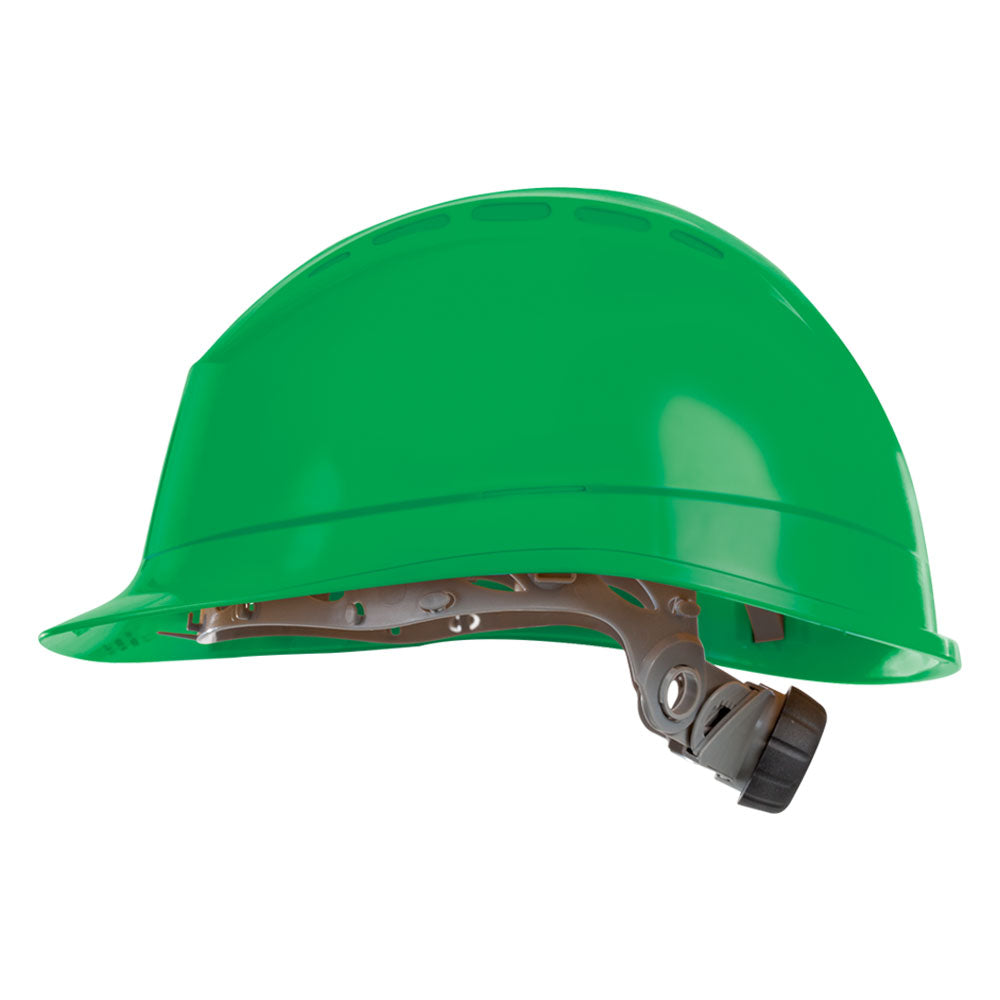
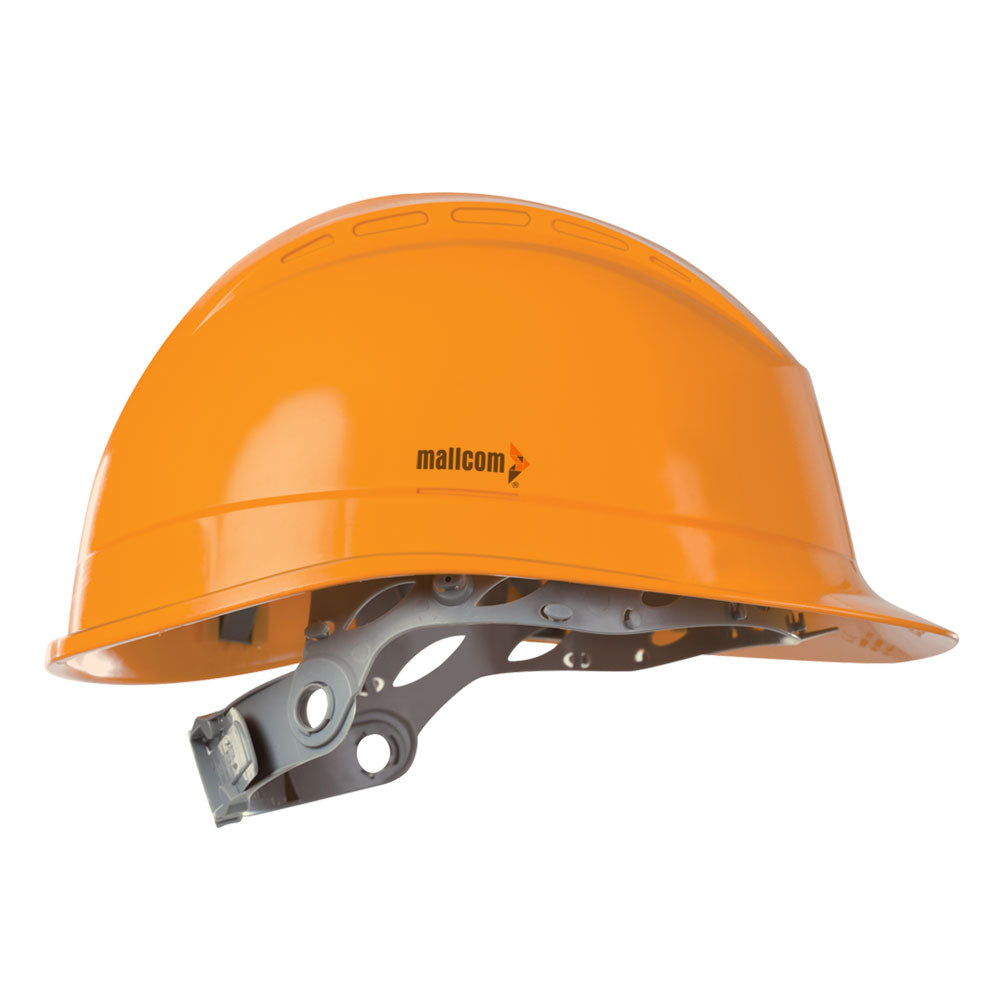
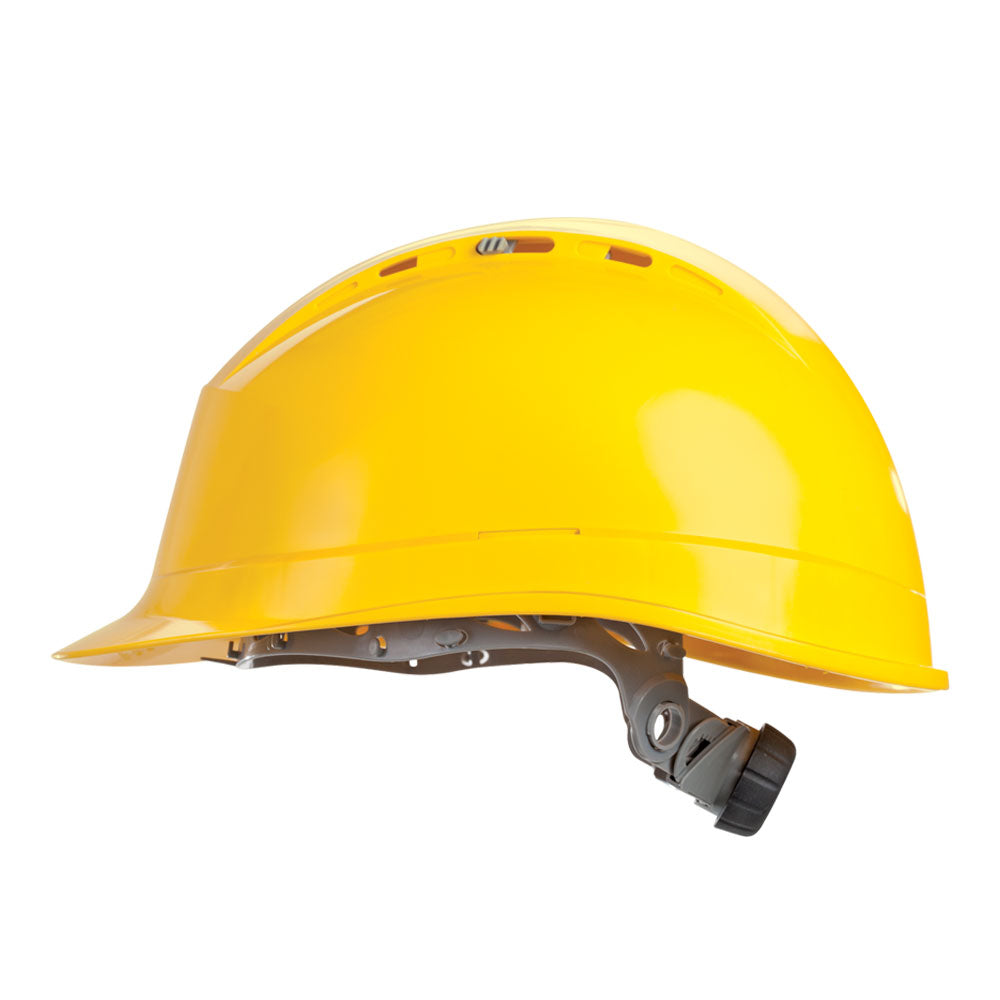
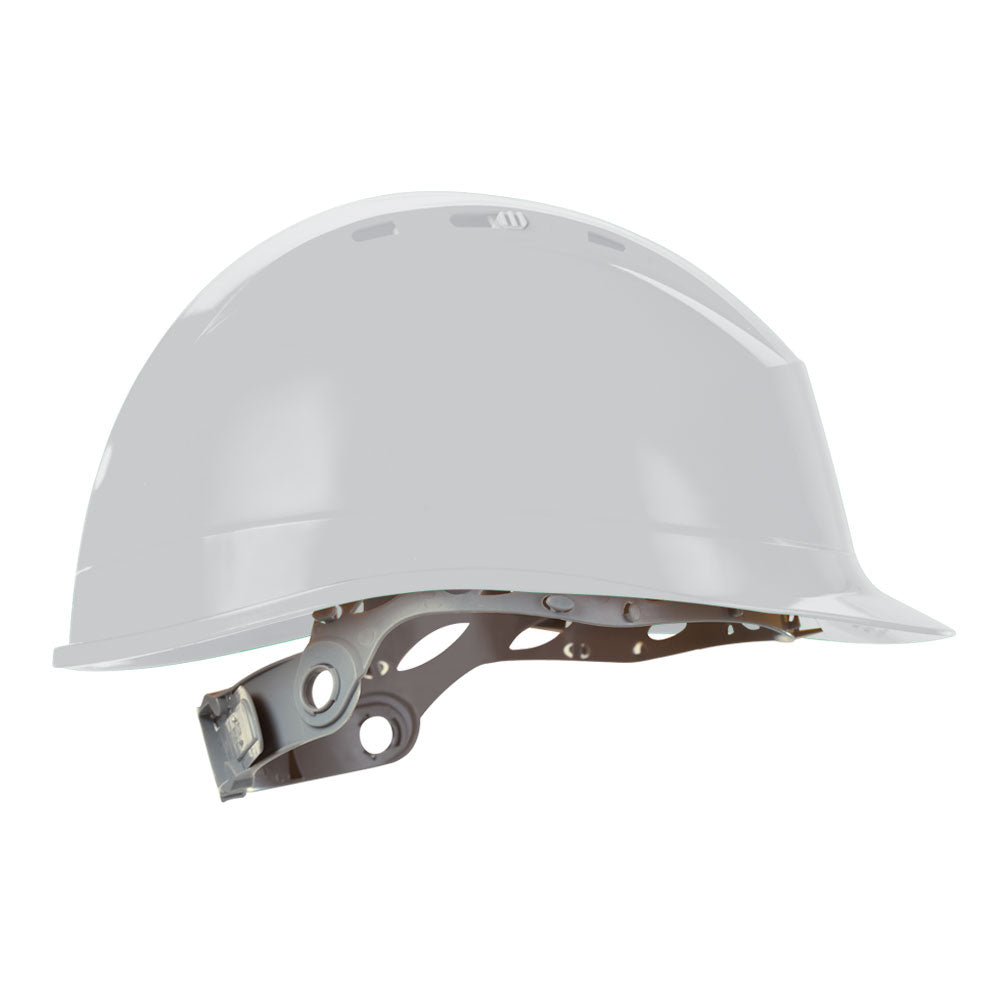
ABOUT THE DESIGN
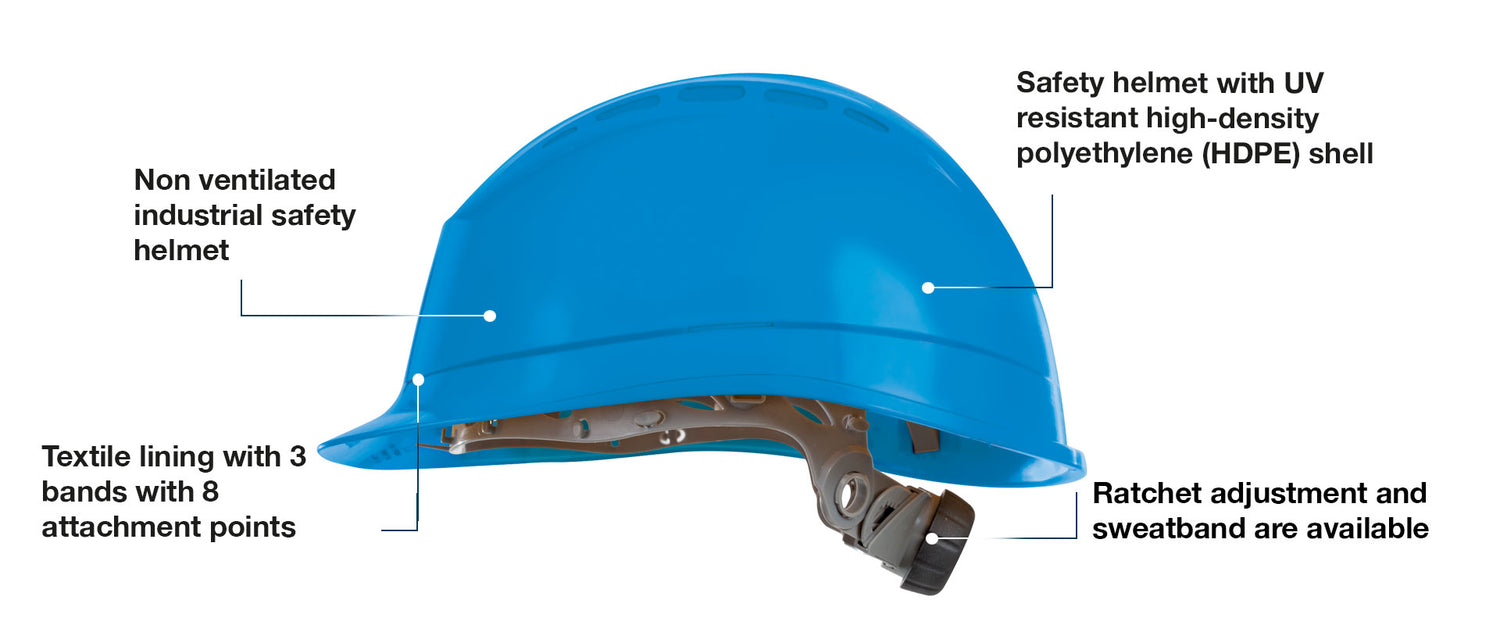
USEFUL IN THESE INDUSTRIES
MANUFACTURING
WAREHOUSING & ASSEMBLING
CONSTRUCTION
AVIATION
AUTOMOBILES
HEAVY ENGINEERING

Product Features
ABOUT THE DESIGN
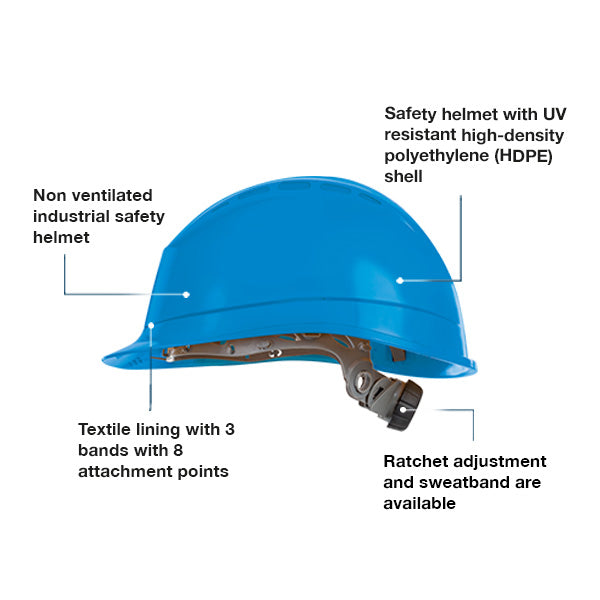
USEFUL IN THESE INDUSTRIES
MANUFACTURING
WAREHOUSING & ASSEMBLING
CONSTRUCTION
AVIATION
AUTOMOBILES
HEAVY ENGINEERING
Product Details









































